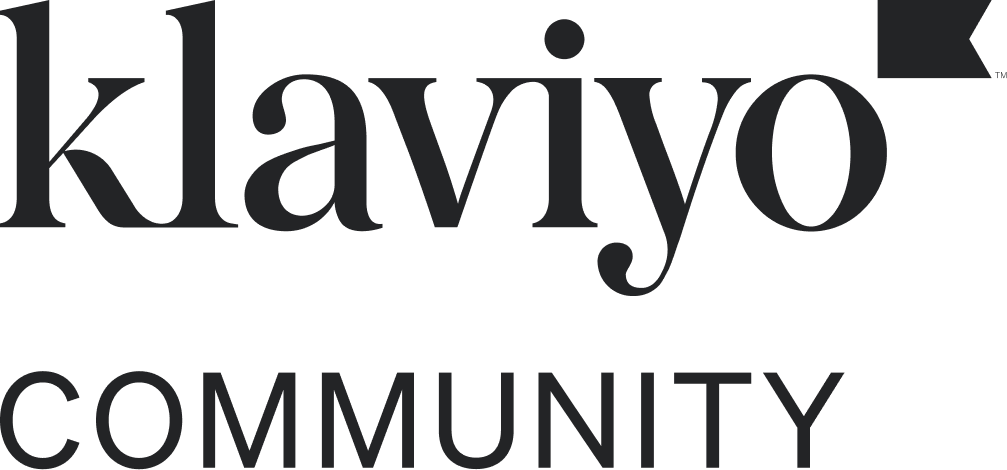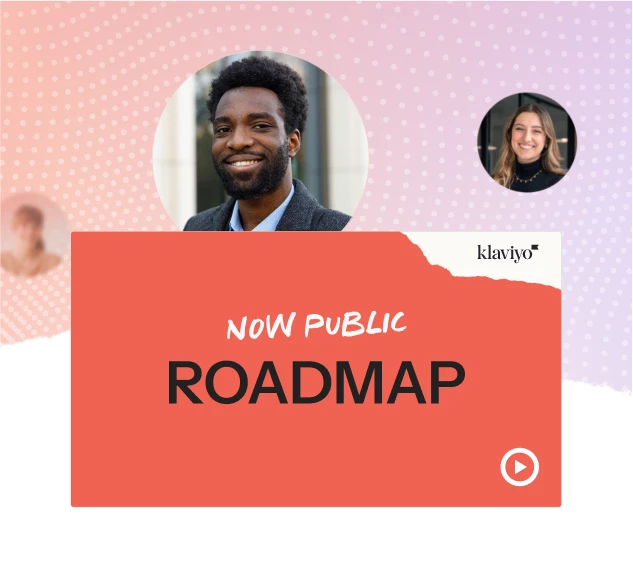Hello @ScottCodes,
Elaborating further on what @cassy.lee has mentioned. We would highly encourage optimizing your images for better load times within the emails to encourage users to immediately see the content of your emails and have the elements be available to be clicked on.
However, you may still be seeing less than desirable open rates for emails that have an overall size greater than 102KB due to clipping.
Although images are not counted towards your overall email size when sent, should your email size be greater than 102KB, it would impact the open rates of your emails from your Gmail users. This is because when an email is clipped, the tracking pixel Klaviyo uses; which is housed at the bottom of your emails is omitted and therefore not tracking these “opens”.
Through a combination of having larger images causing the content of your email to be delayed in loading and the email being clipped due to surpassing this 102KB limit may lead to less than anticipated open and click rates. For best practices to alleviate clipping in your emails, you can reference our Why Is My Email Being Clipped? article.





![[Academy] SMS Strategy Certificate Forum|alt.badge.img](https://uploads-us-west-2.insided.com/klaviyo-en/attachment/2f867798-26d9-45fd-ada7-3e4271dcb460_thumb.png)
